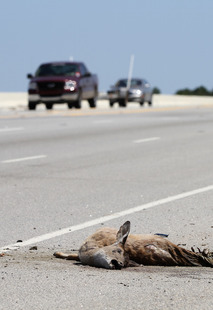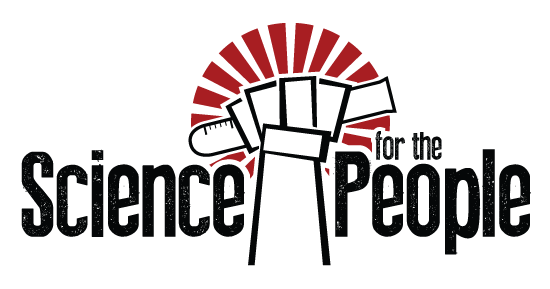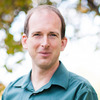Roadkill #362
March 25, 2016

Image from Jjron
This week we're looking at the surprisingly robust science research that can be done with animals that have died along our highways. We'll speak with Sarah Perkins, an ecologist at Cardiff University in Wales, about the Project Splatter, a citizen science project tracking roadkill on UK roads. And we'll speak with Kyle Elliott, an ecologist at McGill University in Montréal about his work studying the toxicology of birds of prey in urban environments.
Guests:
- Sarah Perkins
- Kyle Elliott
Guest Bios
Sarah Perkins
Dr. Sarah Perkins studied Environmental Science at Plymouth University amd worked for the UK Wildlife Trusts as a Conservation Officer. She started her research career several years later with a NERC Fellowship at Aberdeen University studying for a MSc Ecology and completed her PhD at Stirling University with Professor Peter Hudson, studying the ecological dynamics of disease with a NERC Fellowship based at the Centro di Ecologia Alpina in the Italian Alps. She completed a post doc at the Center for Infectious Disease Dynamics (CIDD) at Penn State University, then returned to the UK in 2009 to start a Marie Curie Fellowship at Cardiff University, after completion of which became a Lecturer at Cardiff University. Her research focuses on how social networks shape disease dynamics, helminths as vectors of bacteria, using bioluminescent reporters to study in vivo pathogen dynamics, and wildlife diseases in small mammals.
Kyle Elliott
Dr. Kyle Elliott is an Assistant Professor and ecologist at McGill University, as well as a Canada Research Chair (Tier II) in Arctic Ecology. He came to biology by way of an undergraduate in mathematical physics, and believes ecology is now where physics was two centuries ago. He's interested in applying quantitative tools to ecological questions, particularly those associated with where the individual meets ecology. His current research focuses include the spatial distribution of Arctic seabirds and monitoring top predators as indicators of environmental change.










